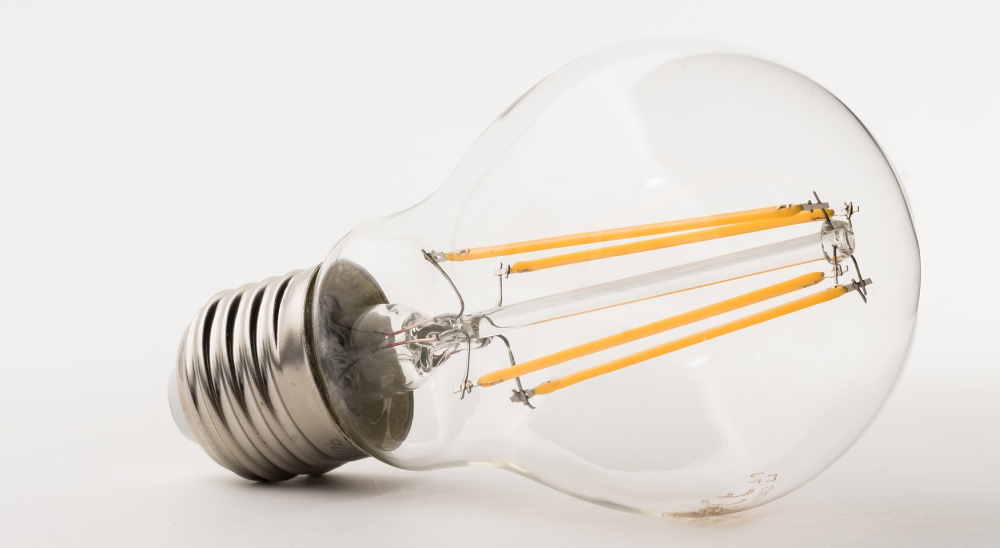Light-emitting diode (LED) lighting is a type of lighting technology that is rapidly gaining popularity due to its energy efficiency and long life. LED lights are semiconductor-based devices that convert electrical energy into light energy. They are available in a variety of colors and sizes, making them ideal for a wide range of applications. LED lights are used in everything from traffic lights to street lamps and even in home lighting.
LED lights work by converting electrical energy into light energy. LEDs contain two layers of semiconductor material; one layer is “n” type and the other is “p” type. When a voltage is applied to the two layers, electrons move from the “n” layer to the “p” layer, creating a current. As the current passes through the LED, it causes the electrons to become excited, emitting light in the process.How actually LED work?
The amount of energy used by an LED light is much less than that of a traditional incandescent bulb. This is primarily due to the fact that LEDs are much more efficient at converting electrical energy into light energy. Traditional bulbs waste a large amount of energy in the form of heat, whereas LEDs do not generate heat that much. In addition, the lifespan of an LED is much longer than that of a traditional bulb, meaning that you don’t have to replace them as often.
LEDs are also much more environmentally friendly than traditional bulbs. They do not contain any toxic materials, and they do not emit any harmful UV radiation. This makes them a great choice for green building projects and energy-efficient homes.
LED lights are an excellent choice for both residential and commercial applications. They are energy efficient, long-lasting, and environmentally friendly. They can also be used to create a variety of effects, from subtle to bold. With their growing popularity, LED lights are sure to remain a fixture in the lighting industry for years to come.
LED light energy
LED light energy is a type of lighting technology that uses light-emitting diodes to convert electricity into light. This type of lighting is highly efficient and can produce a wide range of colors and brightness levels. LED light energy is used in many applications including general lighting, task lighting, accent lighting, and specialty lighting. LED light energy is also very energy-efficient and cost-effective, which is why it has become so popular in recent years. LED light energy is also easy to maintain and can last for many years.
LED light colors and differences

LED light colors can range from warm white to cool white, and also include shades of red, blue, green, orange, and yellow. The difference between these colors is the color temperature, which relates to how warm or cool the light appears. Warm white (3,000 to 4,000 Kelvin) is more yellowish-white and is often used in living areas and bedrooms. Cool white (5,000 to 6,500 Kelvin) has a slightly bluish-white hue and is often used in kitchens and bathrooms. Red, blue and green LED lights are used in applications such as holiday decorations and signs. Orange and yellow LED lights are generally used in automotive lighting.
Best LED color for living room
The best LED color for a living room depends on the preference of the homeowner, but warm white or neutral white are the most popular choices. Warm white provides a cozy and inviting atmosphere, while neutral white is more modern and clinical.
Best LED color for bedroom
The best LED color for a bedroom is warm white (2700K-3000K). This color temperature provides a cozy, calming atmosphere that is ideal for a bedroom.
Best LED color for workroom
The best LED color for a work room is a crisp white light with a color temperature of around 5000K. This type of light is bright and natural-looking, making it ideal for working in. It also reduces eye strain and helps to create an atmosphere of productivity.
Best LED color for a patio
It depends on your personal preference and the atmosphere you are trying to create. Generally, warm white and soft white LED lights are the most popular options for outdoor patios. These colors provide a cozy, inviting atmosphere and create a comfortable ambiance. If you want to create a more energetic atmosphere, you can choose colored LEDs such as blue or red.
How LED energy is efficient?
LED light energy is more efficient than traditional lighting because it does not require the use of filaments or other components that produce heat. This means that less energy is lost as heat, resulting in more of the energy being used for light production. Additionally, since LEDs do not contain any moving parts, they require less maintenance than traditional lights. This efficiency makes them a great choice for many applications, especially in areas where energy efficiency is a priority.
